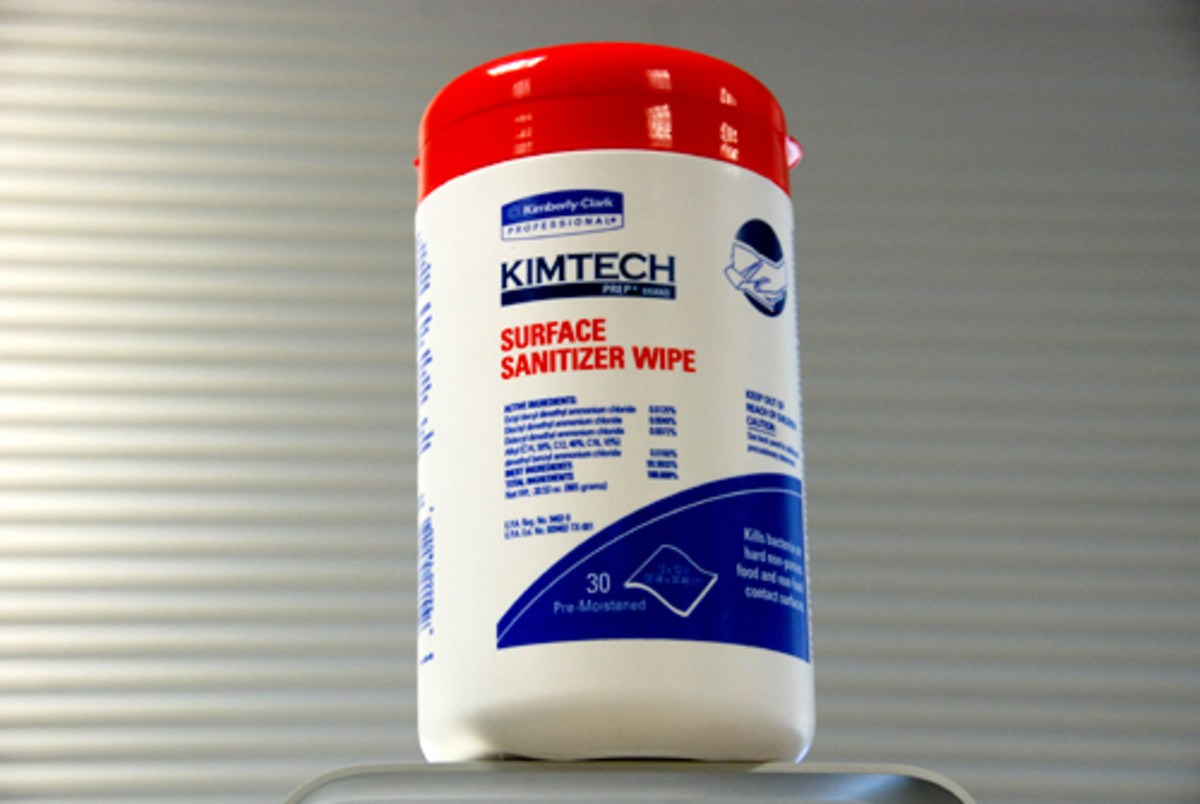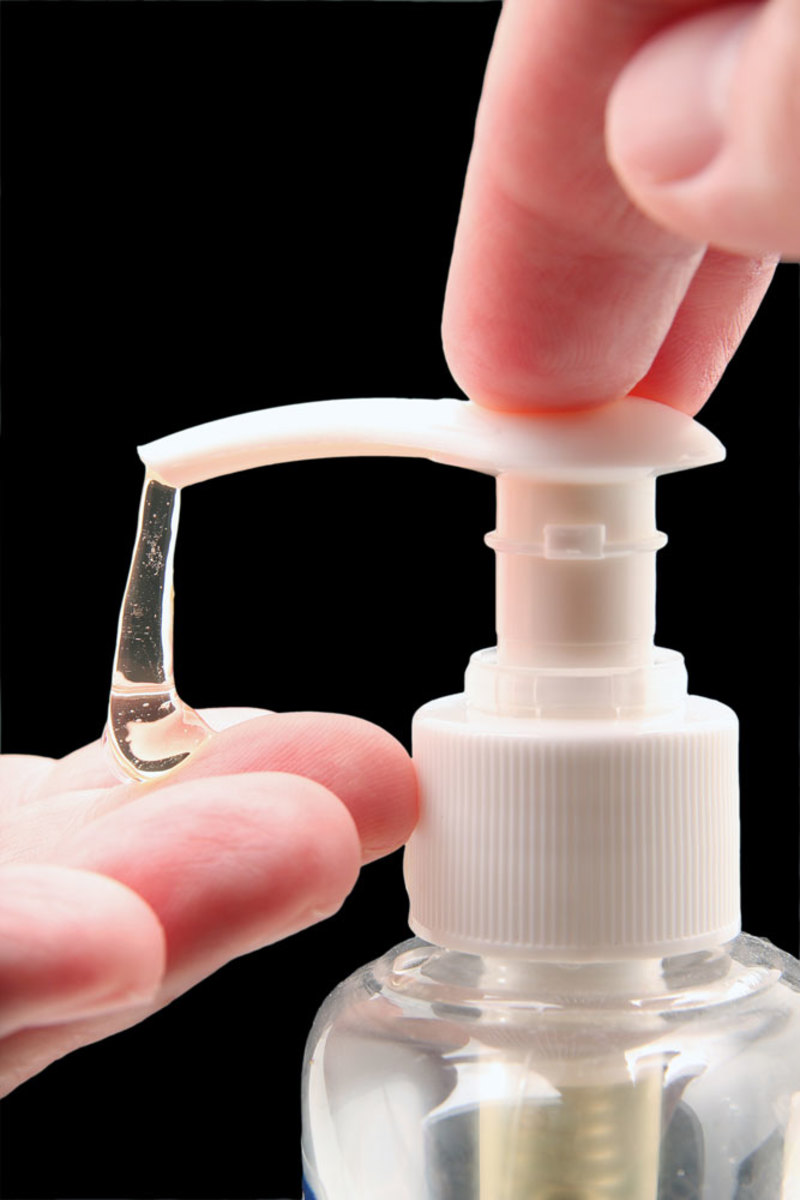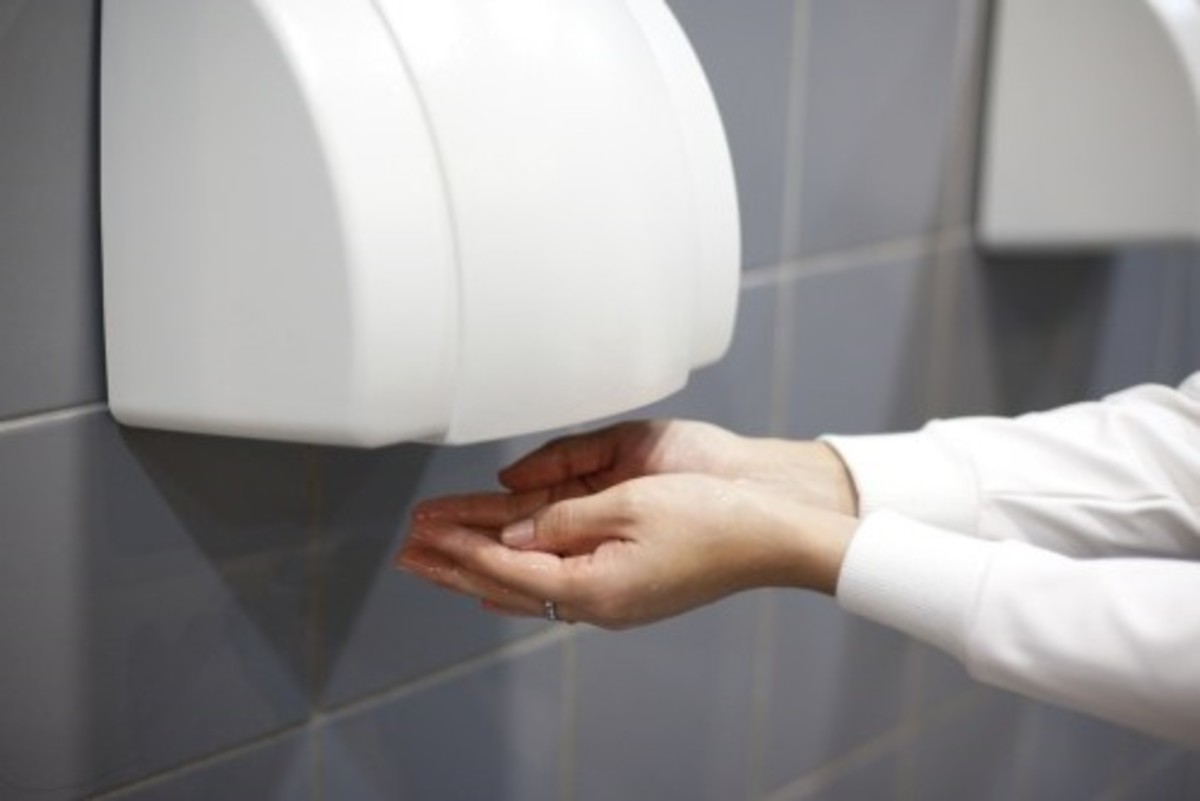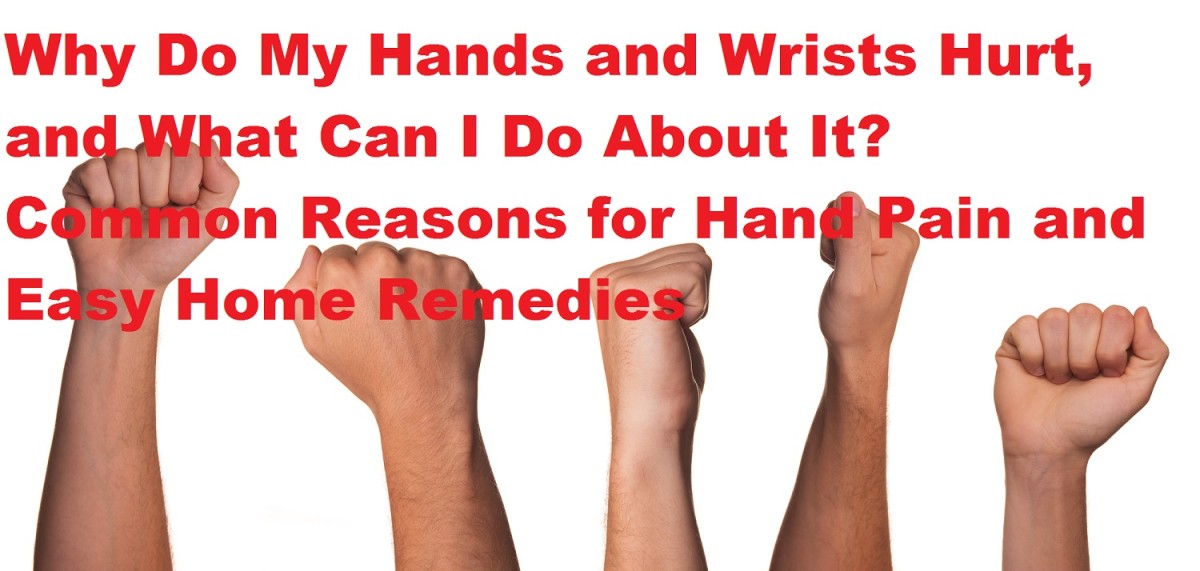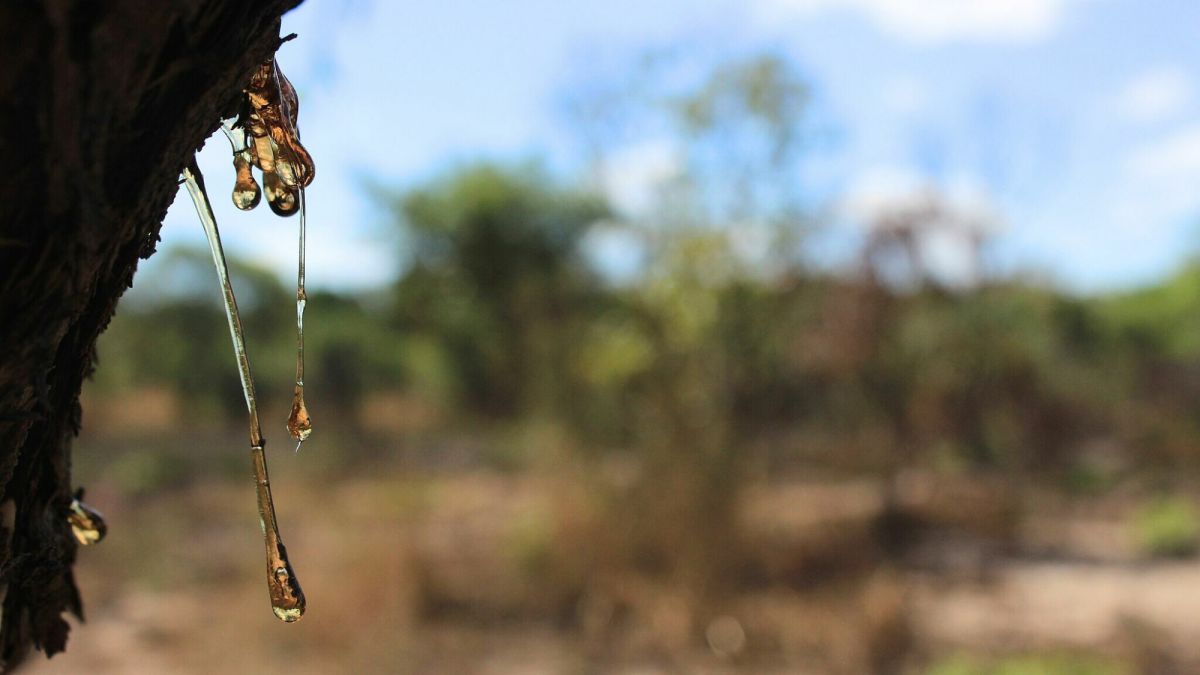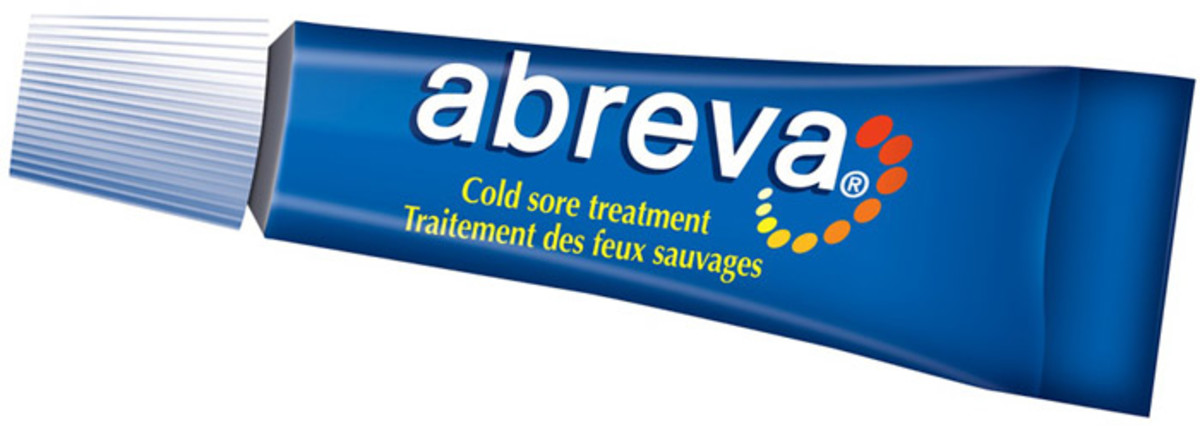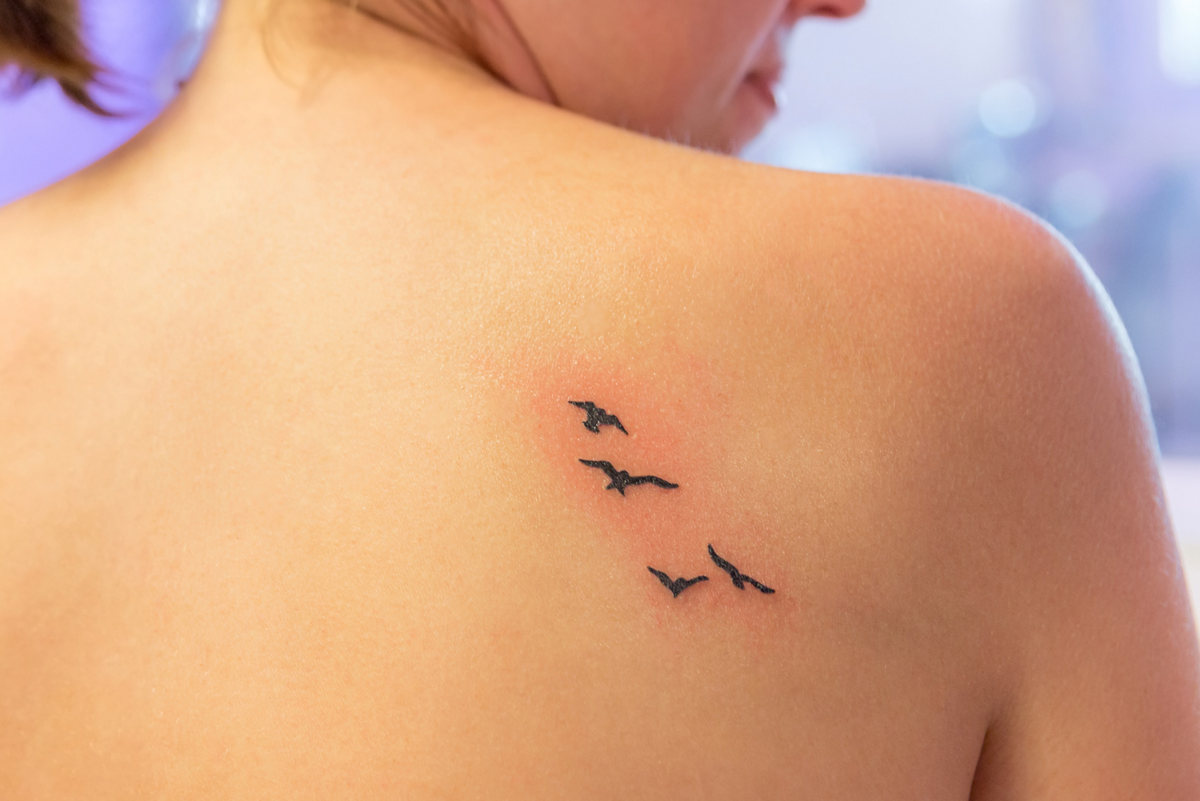Is a Hand Sanitizer Better Than Soap?
With the corona pandemic, the use of sanitizers has enormously increased. You won’t find sanitizers easily these days in stores or maybe you are lucky to find one - but with double the price.
I have noticed people using hand sanitizers even at homes, getting in and out of their cars, and doing routine daily activities as the fear of COVID-19 has spread. The COVID-HORROR as I call it has compelled people adopting such practices that are not scientific.
Since people have stocked hand-sanitizers, this has lead to an extreme shortage. I don't how people are making up for the shortage.
I have seen our nursing staff mixing water with hand-sanitizers to ensure availability.
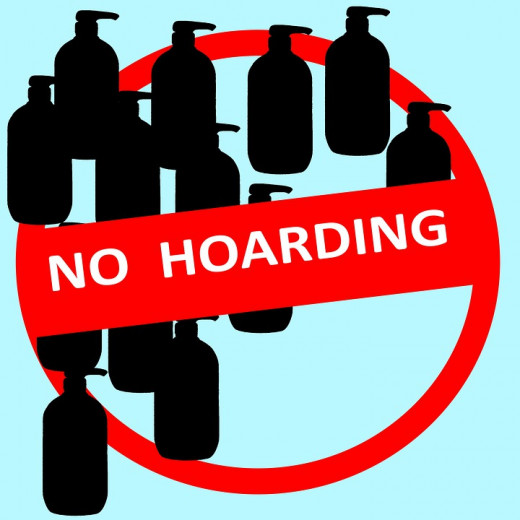
Do You know ...
HAND WASHING WITH SOAP AND WATER IS THE MOST COST-EFFECTIVE WAY OF CONTROLLING DISEASES WORLDWIDE.
Wash Your Hands and You won't need Vitamins to Boost your Immunity
So, it's more cost-effective than vaccinations, sanitizers, and immune-booster vitamins. Handwashing with soap prevents the two most common diseases in the developing world - respiratory tract infections and diarrheal diseases - the top causes of child mortality.
In developed countries, hand washing prevents people from getting infections like influenza, norovirus, and rotavirus infections. It is one of the important steps to prevent hospital-acquired infections such as clostridium difficile diarrhea and methicillin-resistant staphylococcus aureus.
Do you know ...
69% OF MEN AND 35% OF WOMEN DON’T WASH THEIR HANDS AFTER USING A WASHROOM

Why people prefer hand-sanitizers?
Hand-sanitizers are portable. They are convenient to keep in a purse, pocket, bag, or car. They can be used frequently and easily. This is especially true in situations where water and soap are not accessible.
Do You Know?
Hand sanitizers do not prevent you from infections caused by norovirus, cryptosporidium, giardia, and clostridium difficile.
Use Soap and Water Where Available ...
Sanitizers are costly and they can cause stinging and allergic reactions. They can have adverse effects in patients with skin disorders such as eczema. Incidental ingestion of a hand-sanitizer by a child can be fatal.
They can kill most bacteria and viruses, however, if the hands are dirty, the cleaning may be compromised. This is because the bacteria and other germs can hide in the dirt. The application of hand-sanitizer without rinsing with water may not be sufficient in these cases.
With water and soap, the germs are killed and washed away into the drain. Water and soap also remove the dirt and physically clean the hands and surfaces of the debris and dirt.
A bactericidal soap may be used for killing the bacteria but studies have shown that regular soap is as good as a bactericidal soap.
Medicated (Bactericidal) soaps and regular (perfume) soaps are equally effective
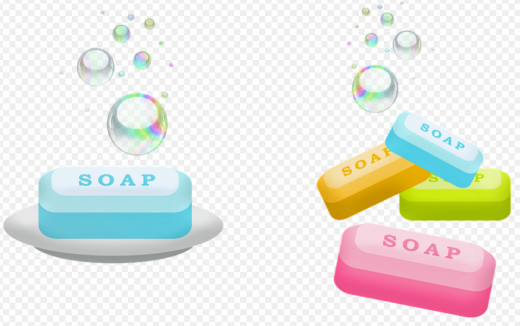
Are you using the right hand sanitizer?
Hand sanitizers should be used as an alternative to soap and water. Sanitizers should contain a minimum of 60% alcohol or 95% ethanol or isopropanol according to the FDA.
Some hand sanitizers contain benzalkonium chloride which can kill viruses and bacteria but may not be sufficiently effective as alcohol-based sanitizers.
This is very important especially, during the COVID-19 (Coronavirus) pandemic, since benzalkonium chloride is not effective against COVID-19.
The novel coronavirus has a lipid-containing outer membrane and soaps and detergents can break the lipid membrane killing the virus. Sanitizers that contain 62% or more of alcohol-based preparations are equally effective in breaking the lipid membranes of the viruses.
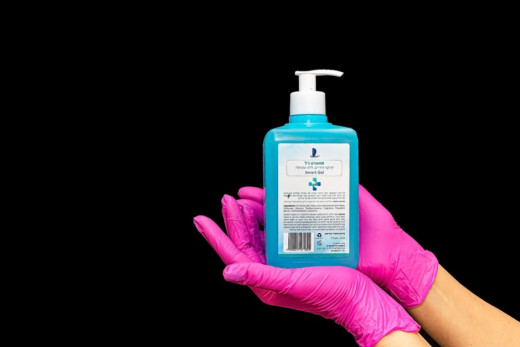
There isn’t any benefit if you use hot or cold water when washing your hands.
Does the duration of use affect the efficacy?
The duration of hand-washing is also important. A minimum of 20 seconds of washing hands with a soap followed by rinsing with water is recommended by most experts.
Similarly, when using a hand sanitizer, the amount should be enough to take 20 seconds to dry while continuously rubbing it.
Do You Know?
95% of people don’t wash their hands for 20 seconds or more.
To Summarize ...
Where a sink, clean water, and soap are available, washing hands with soap and water should be preferred. This is also true if the hands are dirty.
Hand sanitizers may be used in settings where hand washing is not feasible. It is important to note that sanitizers should not replace hand washing before you eat.

